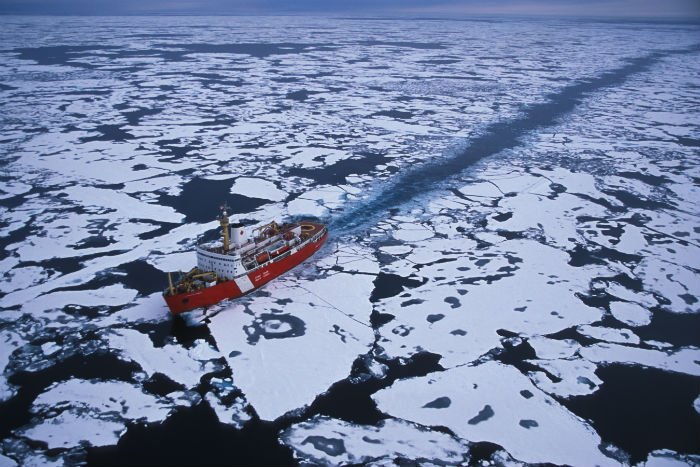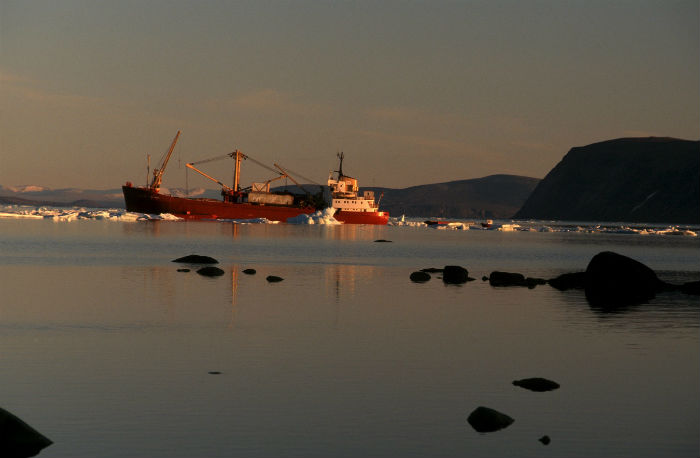Drones in the Arctic
A recent video from Arctic shipping company Fednav Ltd., one of WWF’s corporate partners, shows a drone zigzagging around one of their ships in the Arctic. It’s very cool to see it in action (or maybe it’s the Hollywood blockbuster music which makes it seem so exciting) – even more so when you realize that it’s an important new way to explore sea ice and help negotiate the challenging Arctic environment.
With ice conditions changing year to year and predicted weather being unpredictable you can see how this type of technology would be useful. The recent report from the Intergovernmental Panel on Climate Change has put an even finer and more dramatic point on melting sea ice in the Arctic. We’re in for an immense change in the Arctic sea and landscape.
Mariners see an opportunity arising from climate change impacts but don’t let some of the media rhetoric fool you; Arctic shipping is a dangerous and uncertain business. Just one cargo ship has fully transited the Northwest Passage since 1969 and with limited nautical charting, severe weather conditions, long periods of darkness during some seasons, lack of search and rescue capabilities, and limited spill response, it remains a risky proposition. Even open water isn’t ice-free, with bergy bits and all kinds of floating ice hazards.
All these factors have led some companies to turn to technology like drones to help them navigate in real time the myriad of changing and unpredictable conditions in the Arctic.
While drones can be a great way to monitor ice conditions in the immediate path of a ship, there’s still clearly a pressing need for a global set of comprehensive standards and regulations governing ship operations.
Negotiations are underway for this very thing at the International Maritime Organization. These binding rules, called the Polar Code, will ensure impacts are limited and risks are reduced, addressing environmental and safety concerns. With interest in Arctic shipping growing rapidly, many newcomers lack the experience or capacity to carry out shipping operations safely, making the Polar Code critical.
The Arctic is an important part of Canada – both to our geography and our identity. And we all have a responsibility to make sure we’re setting the right conditions and best practices for sustainable Arctic development, including Arctic shipping. I’m happy to see Fednav investing in this technology, which can help all Canadians better understand the challenges and risks of Arctic activities, including shipping – and the importance of conserving this unique region by ensuing implementing important regulations like the Polar Code.



